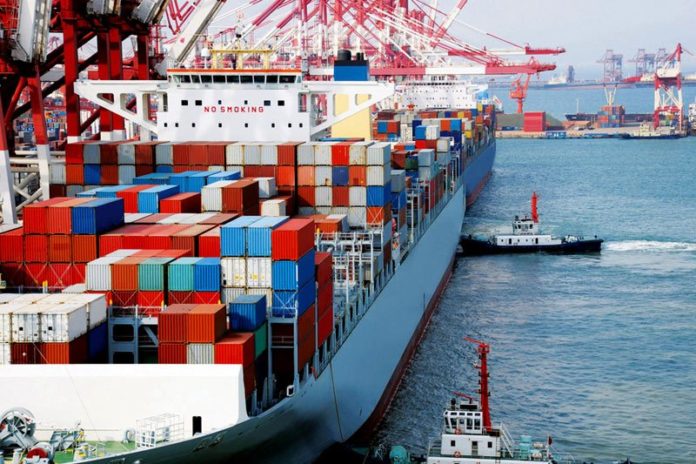The ongoing global supply chain crisis has caused many industry insiders and consumers to ponder what causes longer than normal shipping times. Is it the weather, politics, shifts in consumer demand, poor management, red tape, wars, the lingering effects of Covid, or something else? Maybe it’s a combination of those factors. The only way to find out is to investigate the possible causes for shipping slowdowns and gain a deeper understanding of the many factors involved in complicated supply chain delays. Review the following points and see which ones have the greatest potential for slowing down shipments in your area.
Defective Paperwork
With the global rise in small business enterprises, countless individuals are getting involved in the importing and exporting sector. Normally, that would be a highly positive development, but there are a few drawbacks. Especially in the US, Asia, and Europe, vast numbers of part-time entrepreneurs are setting up e-commerce stores and selling products of all kinds. Unfortunately, some of the newbies don’t have the experience to arrange for secure, on-time delivery to distant locations, many of which are in third-world nations and regions with minimal infrastructure. Eventually, all that cargo makes it to an oceangoing carrier but often does not include accurate paperwork, legal releases, and invoice documentation. Any defect in paperwork can have a significant impact on the speed of delivery.
Fleet Vehicles Without Dash Cams
In fleet management, time is of the essence. Supervisors who oversee a company’s vehicle fleet strive to maintain control over driver safety at all stages of the delivery process. That’s why so many firms choose to install dash cameras in all their vehicles. The latest products in the dash camera niche offer advanced features like enhanced visibility, reduced collision-related expenses, and fewer accidents. Supervisors and management teams should take decisive action to promote on-time delivery by acquiring reliable, high-quality dash cameras. Having real-time insights into what’s happening on the road is the best way to stay informed about delivery status, highway conditions, and dozens of other factors that affect bottom-line results. The good news is that most new fleet trucks are equipped with dash cams. Even small companies that buy older trucks can add the cams quite easily.
The Busy Season
Several factors coalesce to make the months of August through December particularly troublesome for commercial deliveries of goods. That time frame is the busy season for merchants, producers, governments, manufacturers, and every category of sellers and buyers. Comprising almost half of the entire calendar year and falling within the massive holiday buying season, the annual delays can mean late arrivals of consumer and producer goods of all varieties. One way retail buyers can avoid the backlog is to make holiday purchases several months in advance. Many US-based consumers have begun to acquire Christmas gifts in July. The strategy means quick receipt of the merchandise and only slightly higher prices. While holiday sales can translate to about 20% price breaks, the bargains are not so satisfying if the gifts arrive a month or more late.
Consumer Behavior
Economic factors like customer’s large needs for flexibility, consumer demand, tastes, and buying habits can have a major impact on delivery times. The effects are indirect in many cases but nevertheless lead to disruption in the smooth flow of seagoing traffic. When the recent COVID pandemic forced millions of consumers to work from home, a large percentage of the population developed a preference for online shopping and buying. That unexpected development led to a substantial increase in the US demand for overseas products, many of whose sellers operated e-commerce stores and were in Asia and Europe. The upshot of the situation was congested sea routes in the Pacific and Atlantic oceans as sellers desperately attempted to move merchandise from their warehouses to US buyers.
Weather
No one can control the weather, but shippers can use the latest meteorological systems to avoid adverse conditions on their favorite routes. Short-term prediction models have come a long way in the past decade. Today’s commercial weather reports are detailed and highly accurate. However, companies can feel pressure to ignore poor atmospheric conditions warnings when they must get a cargo ship or fleet of trucks to a particular destination by the original deadline. Bonuses for early delivery can lead managers to overlook adverse climate reports and push forward with an on-time arrival.







